- Written By Team DWS
- Festivals
- September 29, 2025
Chhath Puja: Celebrating Pratihar Sashthi and Surya Sashthi — Rituals, Legends, and The Radiance of Devotion
Introduction: Reverence for the Sun — Chhath Puja’s Timeless Legacy
Chhath Puja, also known as Surya Shashthi or Pratihar Sashthi, embodies the spiritual connection between humans and nature found in eastern India’s heartland. Honouring the Sun God (Surya) and Chhathi Maiya, this festival radiates themes of gratitude, purification, devotion, and community celebration, anchoring itself as a jewel in the crown of Hindu festivals in November.
-2 copy-dws638947595884337181.jpg)
Origins and Evolution: Pratihar Sashthi Traditions & Surya Sashthi Festival
Chhath Puja’s roots stretch back to ancient Vedic times. The tradition is deeply embedded in Bihar festival culture and has spread through Uttar Pradesh, Jharkhand, and Nepal, as well as among diaspora communities worldwide, turning Chhath into a global celebration of sun worship in India. The earliest references are found in the Rigveda, emphasizing cosmic energy, solar power, and the practice of purification traditions.
Mythology & Chhathi Maiya Legend
Chhathi Maiya, the sixth form of Prakriti and often considered the Sun’s sister, is widely revered during this festival. According to legend, she appeared to King Priyavrata of ancient lore and blessed his stillborn child with life, thus bestowing her association with fertility, protection, and health and prosperity blessings. Another tale, associated with the Mahabharata, narrates how Karna, Surya’s son, performed Surya Sashthi rituals to attain divine strength and favour.
________________________________________
Ritual Cycle: Chhath Puja Rituals In Detail
The Chhath Puja rituals unfold over four days, each echoing a specific form of discipline, gratitude, and self-purification, with a strong emphasis on clean water rituals and abstinence.
Day 1: Nahay Khay
Devotees begin with a ritual bath in holy rivers (notably the Ganges), marking spiritual and physical purification traditions. They bring home sacred water for cooking, clean their homes, and consume a sattvic meal as part of Kartika month rituals.
Day 2: Kharna Fasting
Kharna fasting is marked by a rigorous, day-long nirjala vrat (abstinent even from water), concluded after sunset with a meal of kheer, chapati, and seasonal fruits. This discipline purifies the body and prepares the mind for deeper devotion, reinforcing the values central to Hindu festivals in November and Eastern India festivals.
Day 3: Sandhya Arghya Significance
Families prepare elaborate baskets containing prasad (notably thekua, a sweet baked delicacy), fruits, sugarcane, and coconut for riverbank ceremonies at dusk. The Sandhya Arghya holds deep significance as devotees offer water and prayers to the setting sun, dressed in traditional attire and singing Chhath Geet folk songs. Riverbank ceremonies foster community celebration and showcase Bihar festival culture.
Day 4: Usha Arghya and Puja Samapan
The concluding ritual occurs at dawn, with devotees returning to offer the Usha Arghya to the rising sun. This rites mark renewal, thanksgiving, and the embodiment of health and prosperity blessings for family and children.
________________________________________
Chhath Puja Rituals: A Cultural and Environmental Testament
Chhath Puja is remarkable for its inclusivity and social unity festivals spirit. Caste, class, and gender distinctions dissolve during these rituals, reflecting strong community celebration and shared identity. The collective cleaning of ghats and emphasis on eco-friendly materials highlight environmental protection within modern Chhath celebrations.
Sun Worship India & Global Diaspora
Chhath is the only Hindu festival that venerates both the setting and rising sun, encapsulating the cycle of life and gratitude. From Patna’s Ganga ghats to artificial ponds in Delhi and London, Sun worship India rituals build communal harmony wherever practiced.
Environmental Protection & Clean Water Rituals
The reliance on natural water bodies for arghya offerings necessitates river conservation, reinforcing the festival’s message of environmental protection. Recent years have seen collective drives for clean water rituals and bans on plastics, marking a growing ecological consciousness.
________________________________________
Chhath Geet Folk Songs & Bihar Festival Culture
Chhath Geet folk songs form the vibrant, oral heritage of the festival. These devotional and narrative songs, sung at ghats as well as in homes, invoke the blessings of Surya Dev and Chhathi Maiya while chronicling legends, family stories, and agricultural rhythms. Folk singing creates an emotional and spiritual bond among participants and preserves regional dialects and musical styles.
________________________________________
Prasad Par Excellence: Thekua Prasad Recipe
A central culinary feature of Chhath Puja is thekua—a sweet, crisp biscuit prepared with wheat flour, jaggery, and ghee, often flavoured with coconut and cardamom. The dough is shaped, deep-fried, and offered as prasad at both Sandhya and Usha Arghya. This traditional thekua prasad recipe is shared among neighbours and relatives, fostering community bonds and echoing the ethos of Chhath Puja rituals.
________________________________________
Community Celebration: Riverbank Ceremonies & Social Unity Festivals
Chhath Puja’s most iconic images are its riverbank ceremonies, where multitudes gather in vibrant processions, clad in sarees and dhotis, singing Chhath Geet, and lighting earthen lamps. The collective participation promotes social unity, while the sanctity of natural water bodies underscores environmental themes. These gatherings exemplify the festival’s enduring power as a social unity festival.
________________________________________
Cultural Diversity: Chhath Puja Across India and the World
While rooted in Bihar and Uttar Pradesh, Chhath has been embraced by Nepali, Mauritian, Caribbean, and global Indian communities. The universal themes of health and prosperity blessings, devotion, and gratitude transcend regional boundaries. Urban areas often adapt to local contexts, with communities organising artificial ghats and “green Chhath” initiatives.
________________________________________
Chhath Puja Date and Muhurat
Chhath Puja falls on the sixth day (“Shashthi”) of the bright lunar fortnight in Kartika month, usually in late October or November. The date and muhurat—auspicious timings for each ritual—are determined by the Hindu lunar calendar, with the primary arghya offerings aligned precisely with sunset and sunrise for maximum spiritual benefit.
________________________________________
The Four-Day Chhath Puja Calendar (Kartika Month Rituals)
| Day | Ritual Name | Description |
| Day 1 | Nahay Khay | Ritual purification and first sattvic meal |
| Day 2 | Kharna Fasting | Nirjala vrat, broken at dusk with simple prasad |
| Day 3 | Sandhya Arghya | Evening prayers and prasad to the setting sun |
| Day 4 | Usha Arghya | Predawn prayers to the rising sun, festival conclusion |
In-Depth: Spiritual, Social, and Ecological Impact
Spiritual Discipline and Purification Traditions
The Chhath Puja rituals are designed for purification of both body and soul—fasting, abstinence, self-restraint, and ritual bathing are believed to strengthen spiritual resolve and foster mindfulness. The cosmic symbolism (sun as energy source) reinforces a link between Vedic wisdom and practical ecology.
Social Unity, Gender Equality, and Community Celebration
Chhath has always been a festival that empowers women (as primary custodians of rituals), bridges caste divides, and builds neighbourhood solidarity, exemplifying the best kind of community celebration and social unity festivals.
Environmental Protection & Sustainability
The emphasis on clean water rituals, non-toxic offerings, and cleaning of ghats speaks directly to modern concerns about environmental protection. Local governments increasingly support these eco-friendly measures, reaffirming the festival’s alignment with natural balance.
________________________________________
Health and Prosperity Blessings & Symbolic Offerings
Chhath Puja’s rituals are believed to bestow health and prosperity blessings on families—particularly children. Offerings of fruits, sugarcane, and thekua are symbolic gestures to invoke well-being, family unity, and gratitude for nature’s abundance. Each prasad recipe and arghya is an invocation for healthy progeny, good harvests, and societal harmony.
________________________________________
Chhath Puja: A Living Heritage
Chhath Puja blends cosmic wonder with daily life, making it one of India’s most meaningful spiritual and social events. The radiant sun, the sacred water, the community songs, and the aroma of thekua prasad—all together transform November’s riverbanks into living altars of devotion, environmental care, and cultural memory.
-4 copy-silver jewellery factory638947596079373294.jpg)
Conclusion: The Radiance of Devotion
From the purifying holy baths to the disciplined Kharna fasting, the vibrant Chhath Geet folk songs to the healthy sweetness of thekua prasad, Chhath Puja remains a festival of powerful significance. It is a time to meditate on the Sun’s cosmic gifts, renew one’s spirit, unite communities, protect the environment, and wish for health and prosperity for generations to come. As Chhath Puja’s riverbank ceremonies echo across continents in our time, the festival’s call for inner and outer purity, gratitude, and community celebration shines brighter than ever.
Popular on Blogs
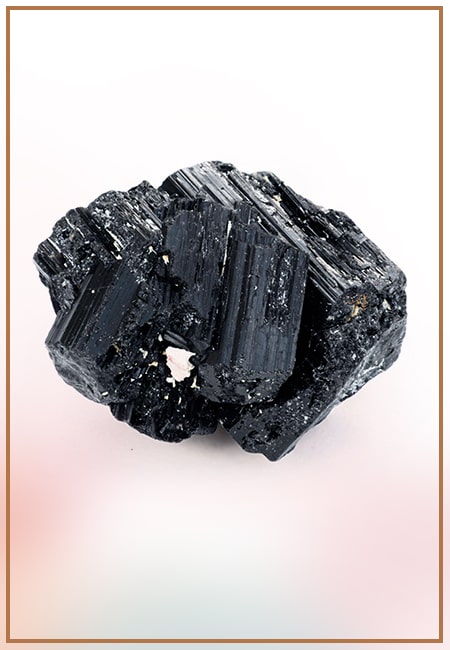
Black Tourmaline: Meaning, Healing Properties, Fascinating Facts, Powerful Attributes, Versatile Uses, and Beyond
September 05, 2023 / BY Team DWS
Black Tourmaline, also known as Schorl, is a highly revered crystal with incredible metaphysical properties. It derives its name from the Dutch word "turamali," meaning "stone with ..
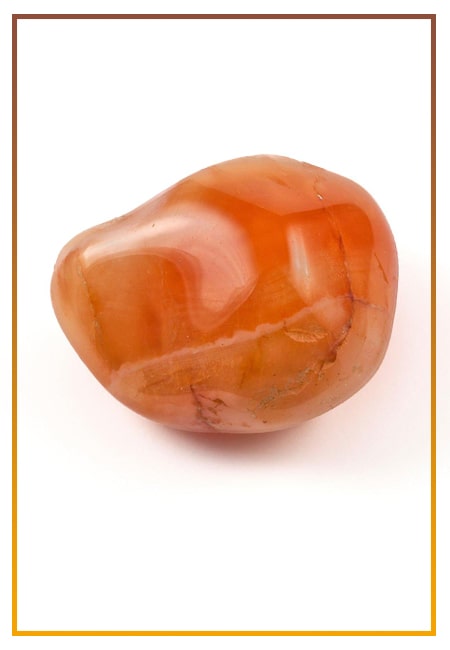
Carnelian Stone: Meaning, Healing Properties, Power, Facts, Color, Uses and More
December 26, 2023 / BY Team DWS
Carnelian is a vibrant and captivating gemstone that holds a plethora of meanings, healing properties, and powers. Its warm and fiery energy makes it a popular choice among crystal ..
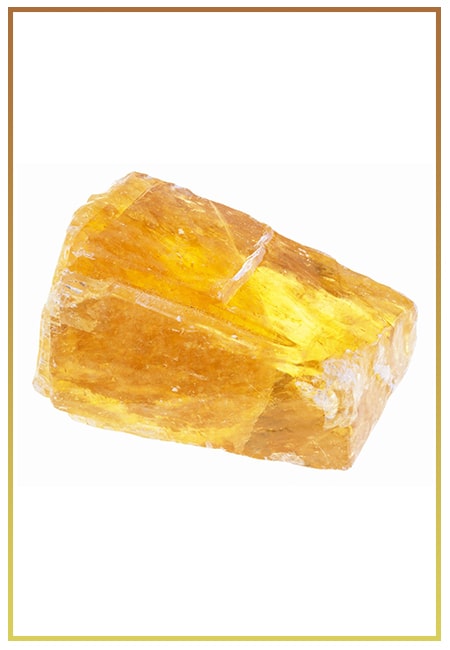
Citrine: Exploring its Meaning, Healing Properties, Fascinating Facts, Powers, Versatile Uses, and Much More
November 18, 2023 / BY Team DWS
Citrine, with its warm golden hues, has captured the attention and imagination of people for centuries. This beautiful gemstone, commonly associated with wealth and prosperity, hol ..

Black Onyx: Unveiling the Meaning, Healing Properties, Fascinating Facts, Powerful Attributes, Versatile Uses, and Beyond
July 25, 2023 / BY Team DWS
Black Onyx, a striking gemstone admired for its deep black hue and elegant appearance, has captivated people for centuries. In this comprehensive guide, we will delve into the mean ..
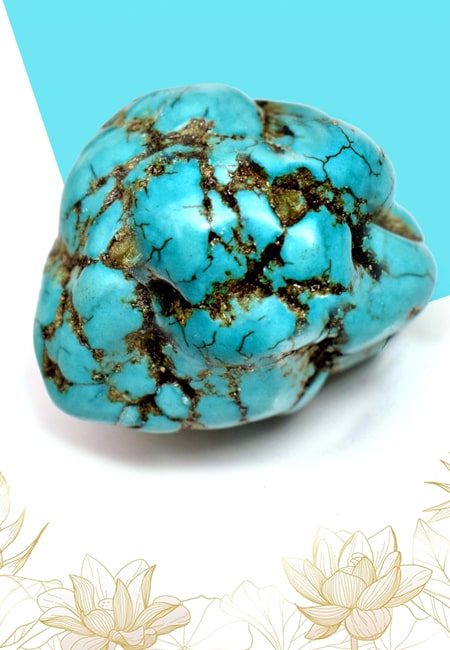
Unveiling the Mysteries of Turquoise Stone: Exploring its Meaning, Healing Properties, Power, Facts, Color, Uses, and More
December 05, 2023 / BY Team DWS
Turquoise, with its captivating blue-green hue, has been adorning jewelry and artifacts for centuries. This striking stone has a rich history, rich symbolism, and a plethora of int ..
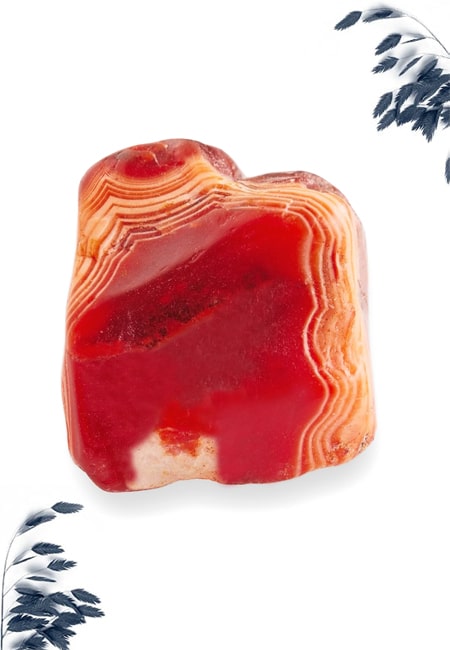
The History Behind The Popularity of Red Agate
December 23, 2022 / BY Team DWS
An Agate is a type of magma rock that takes many years till it is washed out naturally into the water. And that is the reason this stone has elements of water. This beautiful stone ..

Bloodstone: Unveiling the Meaning, Healing Properties, Facts, Powers, Uses, and More
August 21, 2023 / BY Team DWS
Bloodstone, with its captivating deep green color with specks of red, is a mesmerizing gemstone that has fascinated civilizations for centuries. It possesses unique healing propert ..

Plan a Perfect Valentine's Week with Our Valentine Week List 2025
January 22, 2024 / BY Team DWS
Valentine's Day is undoubtedly the most romantic day of the year, but we believe that one day is just not enough to express your love and make your partner feel special. That's why ..


